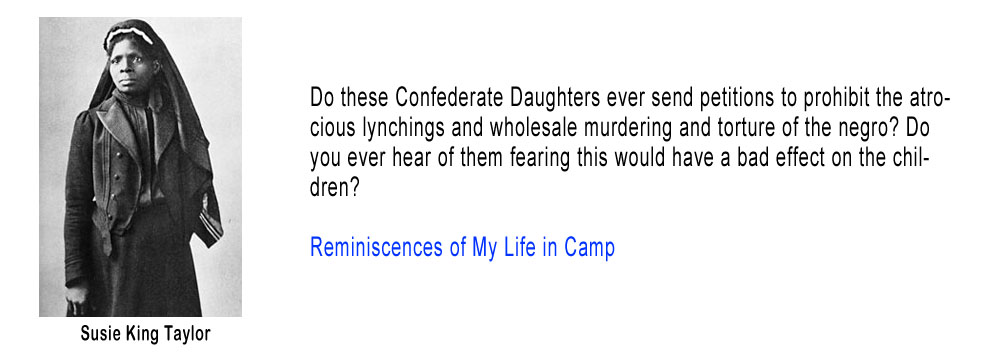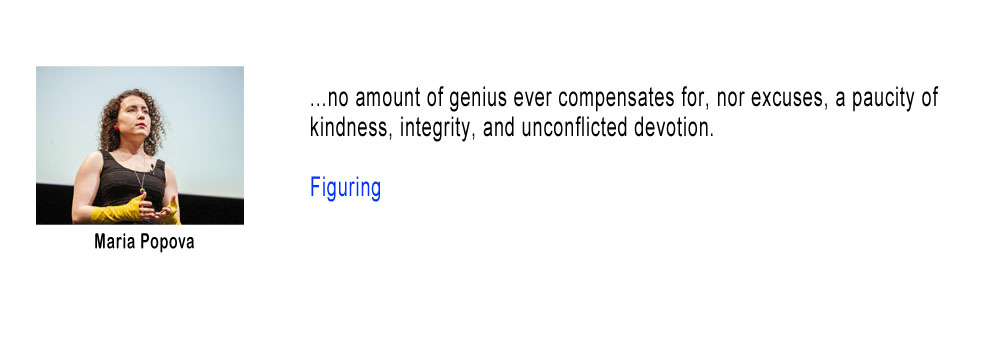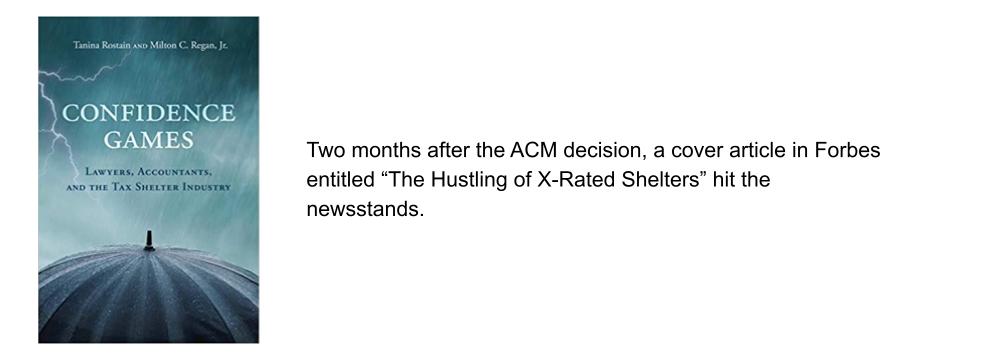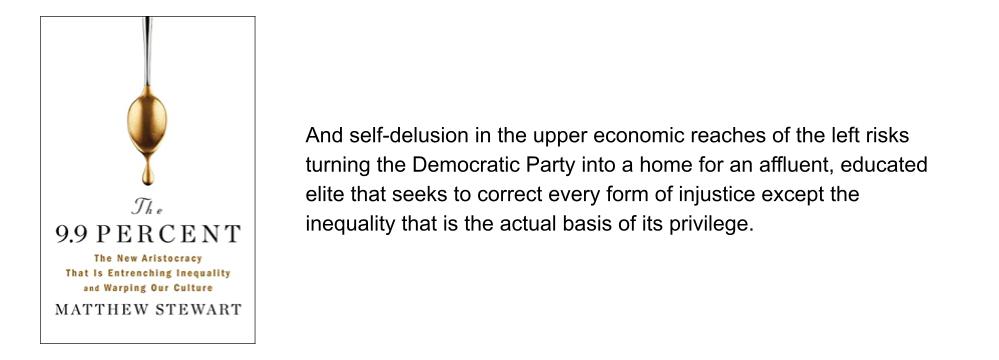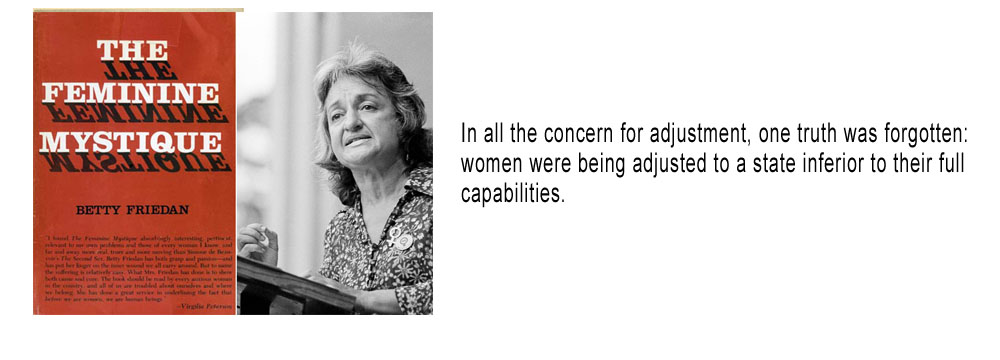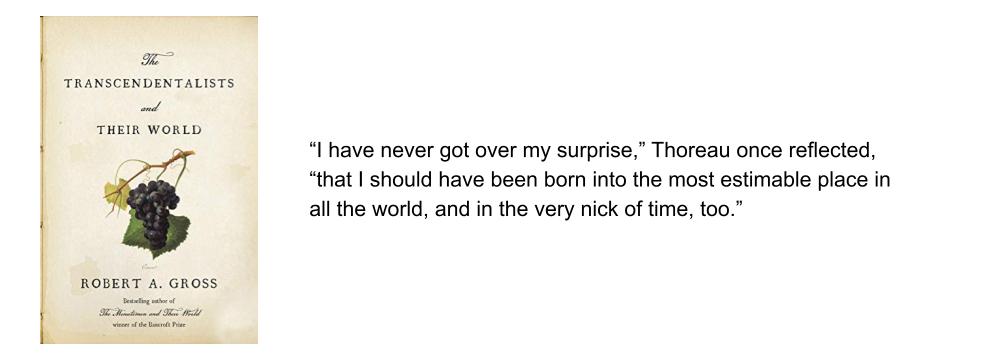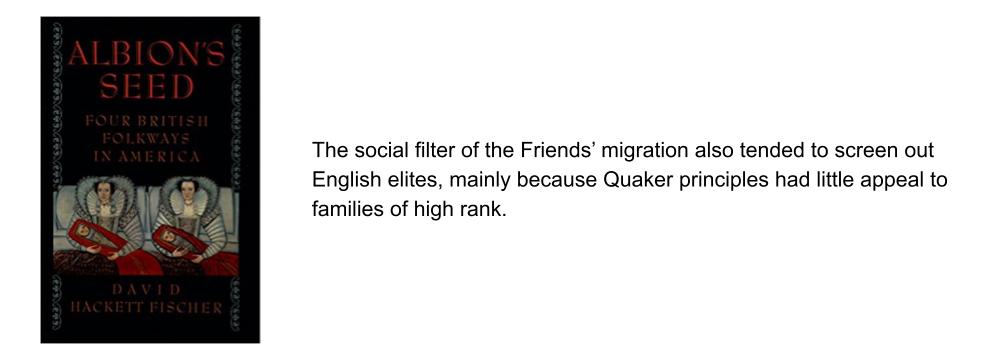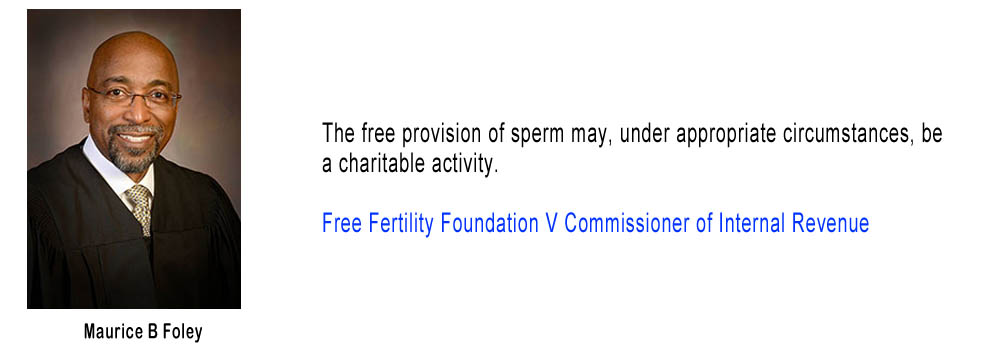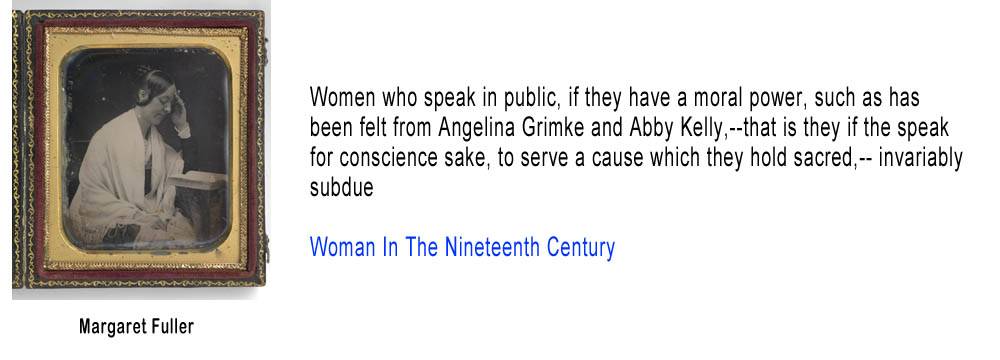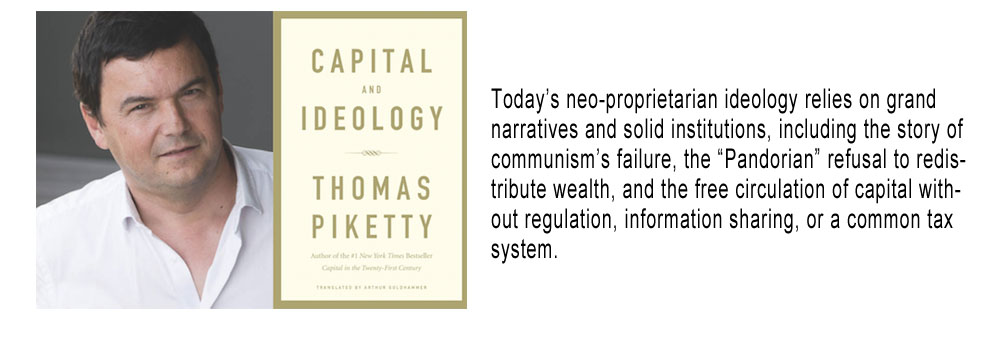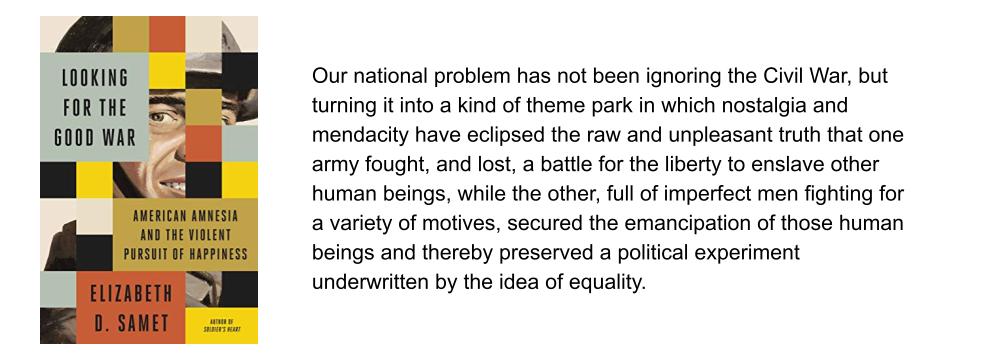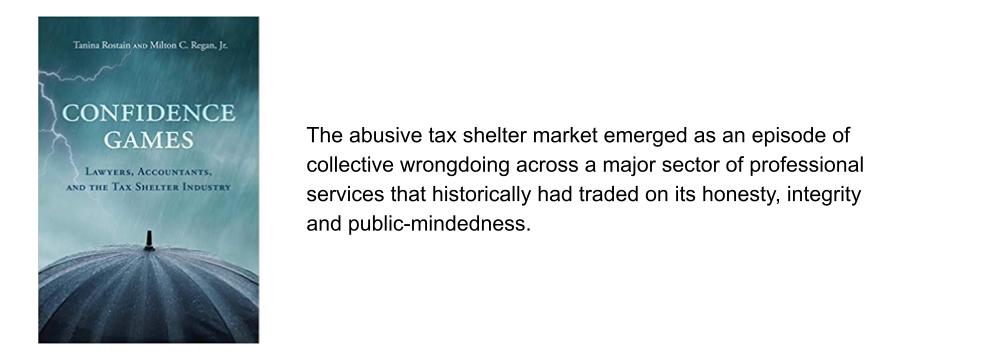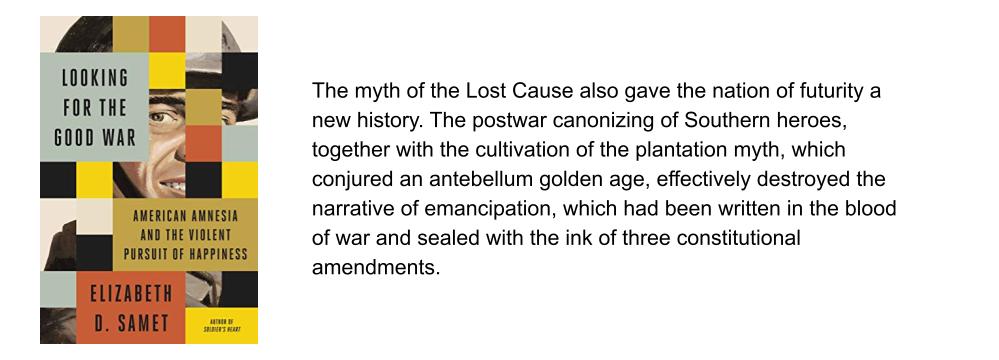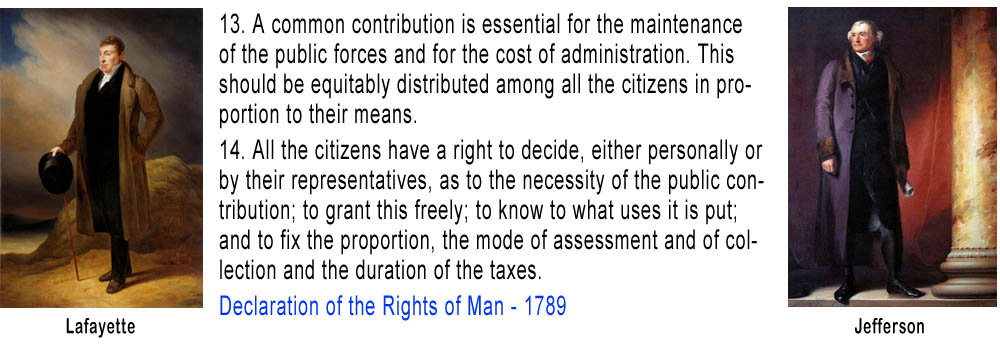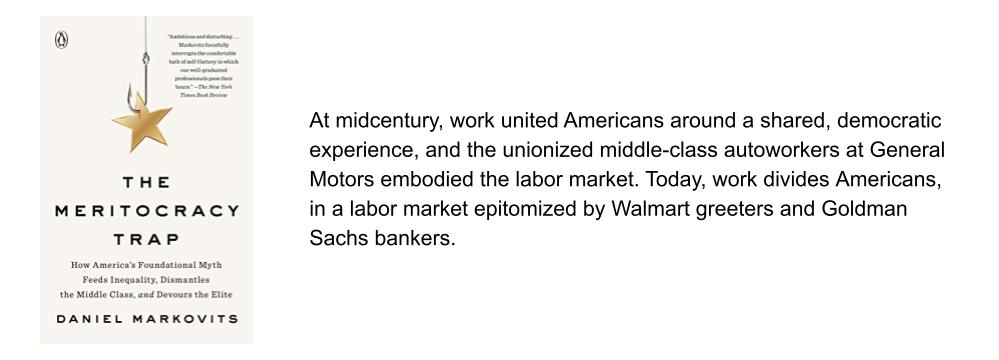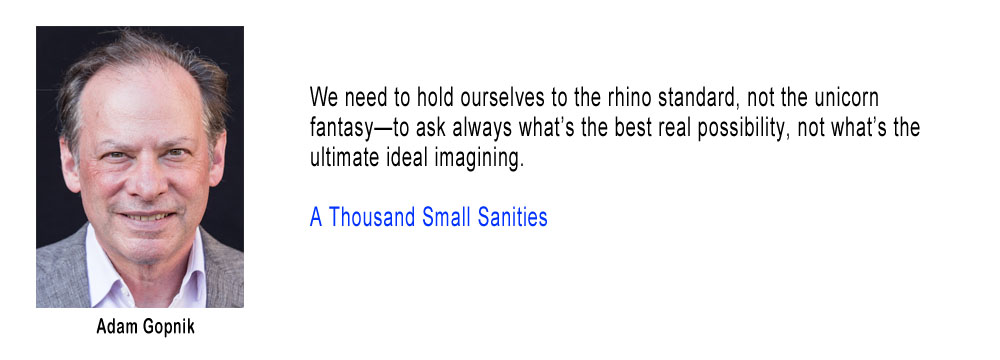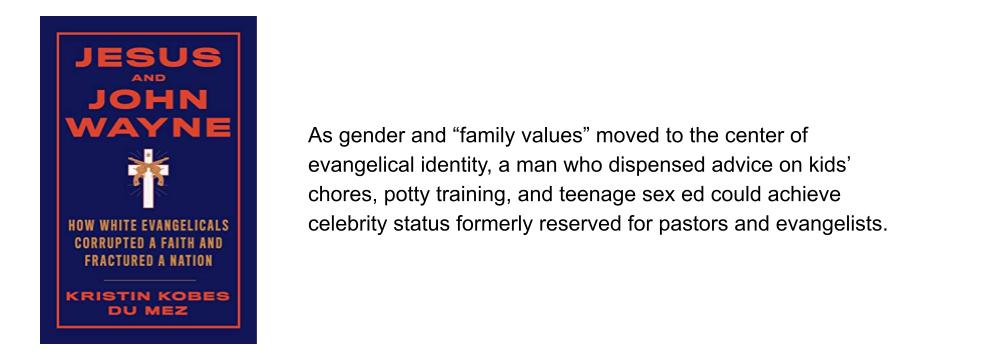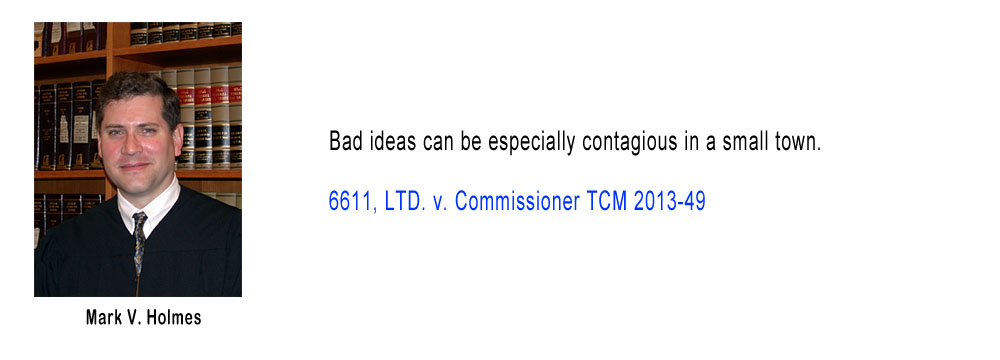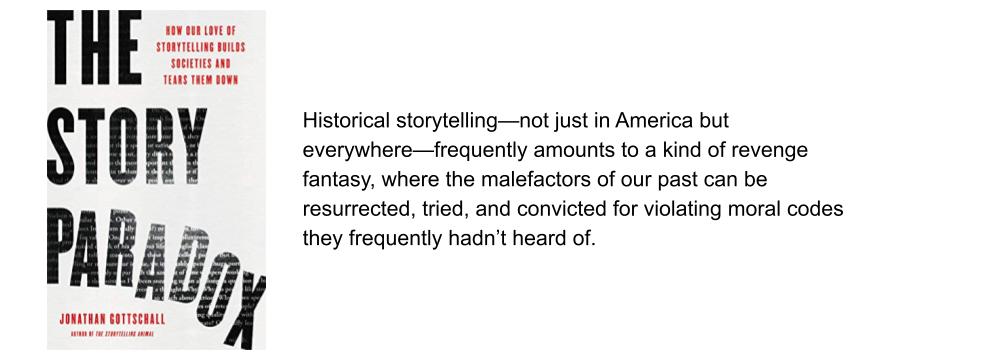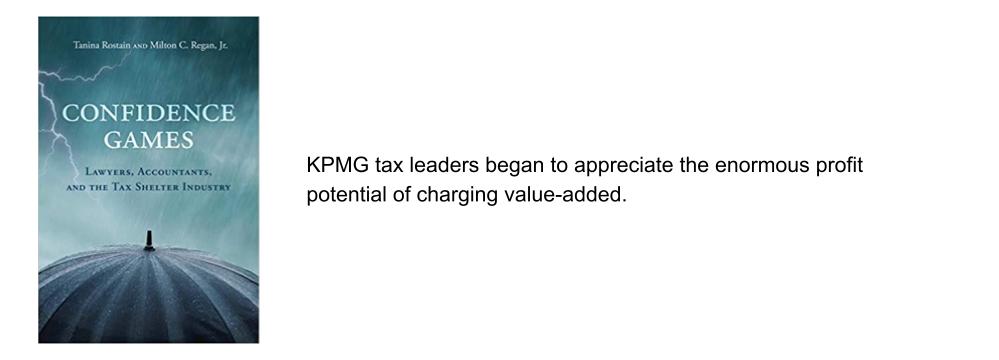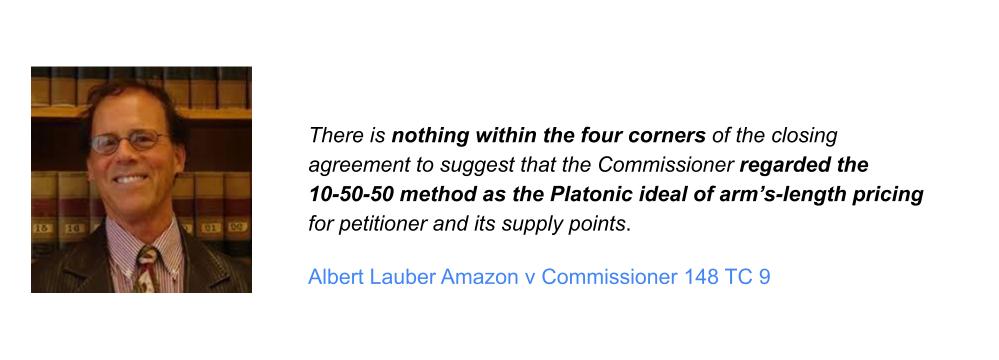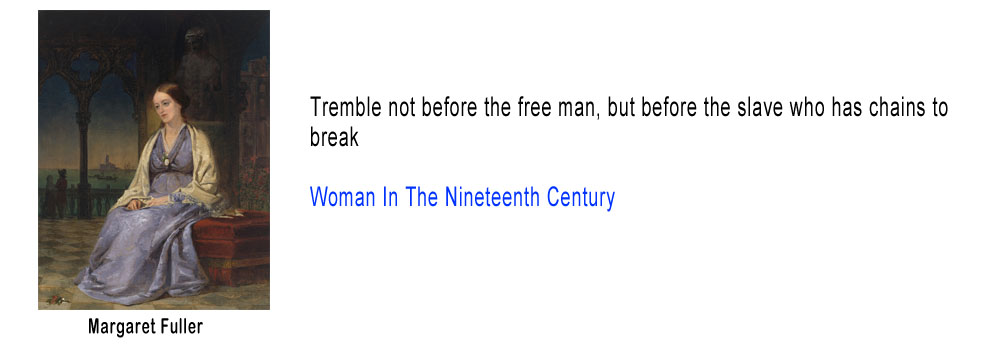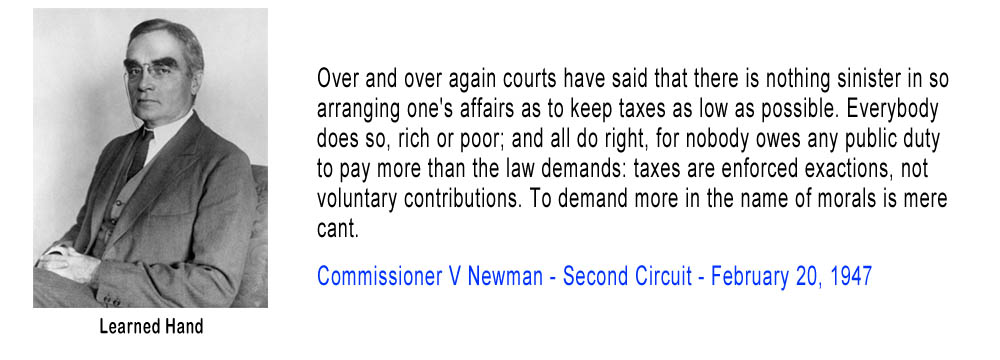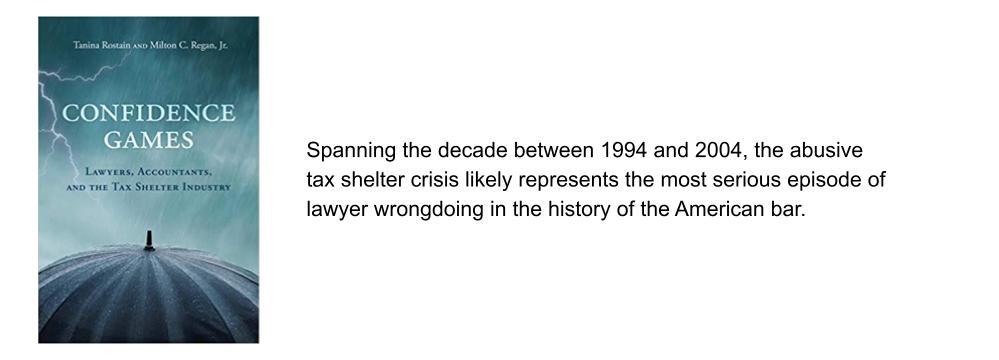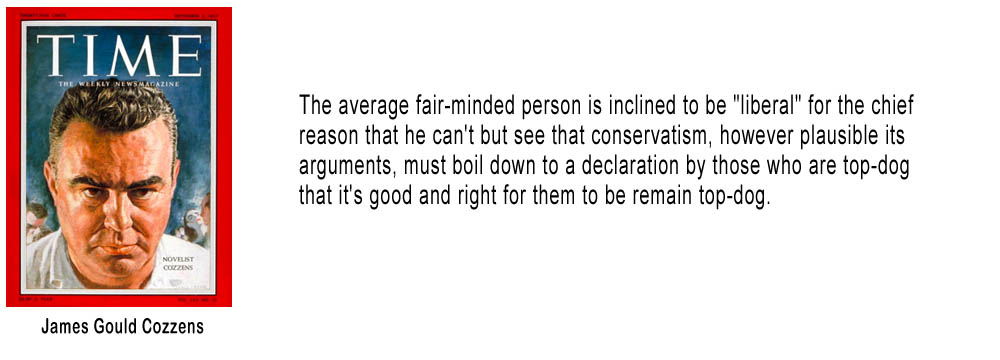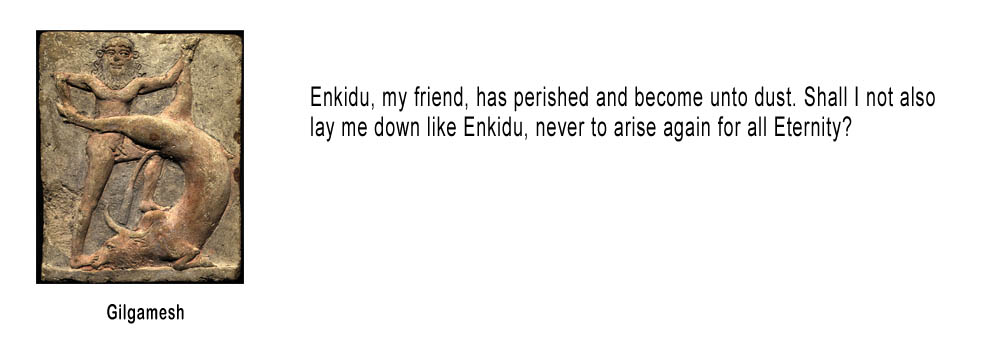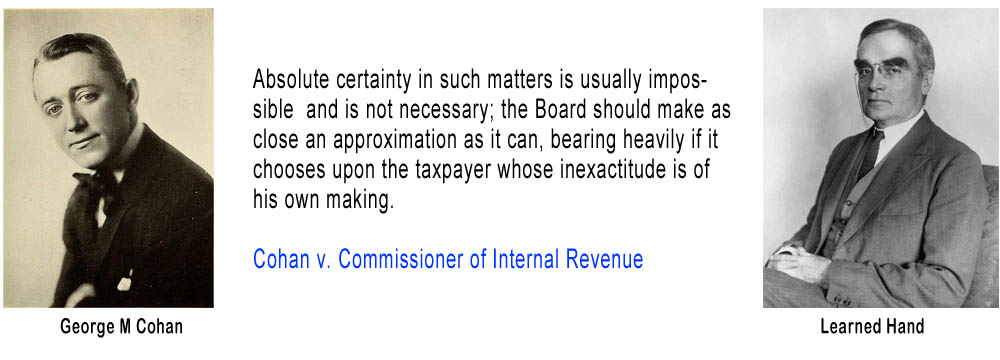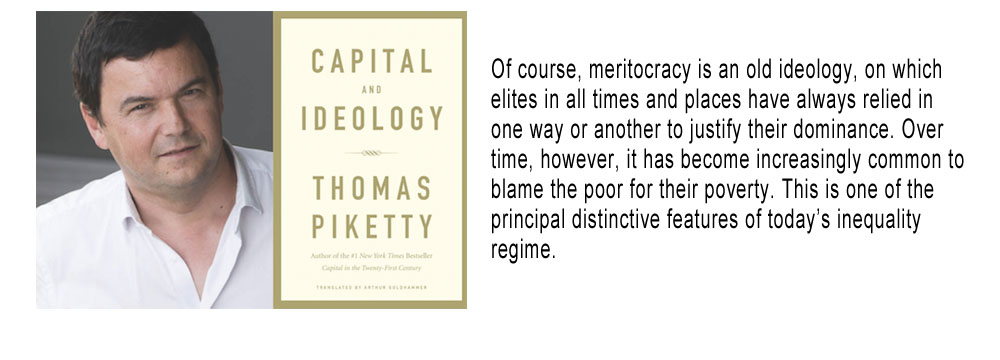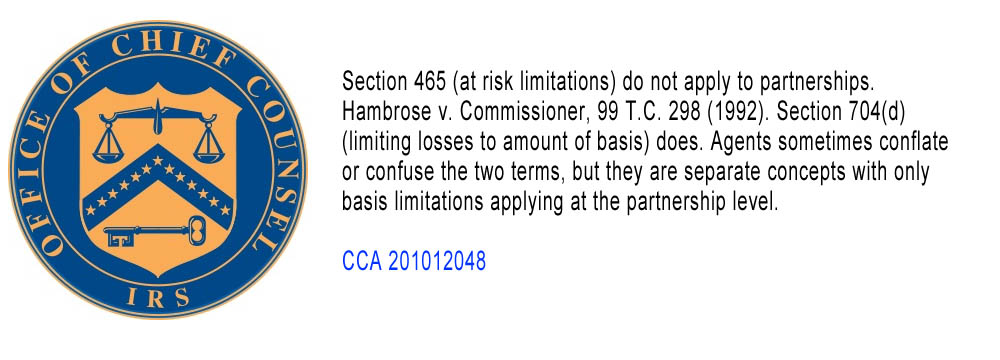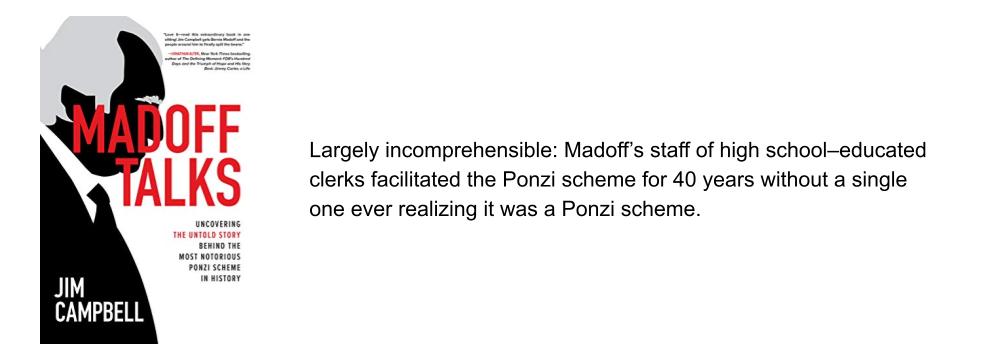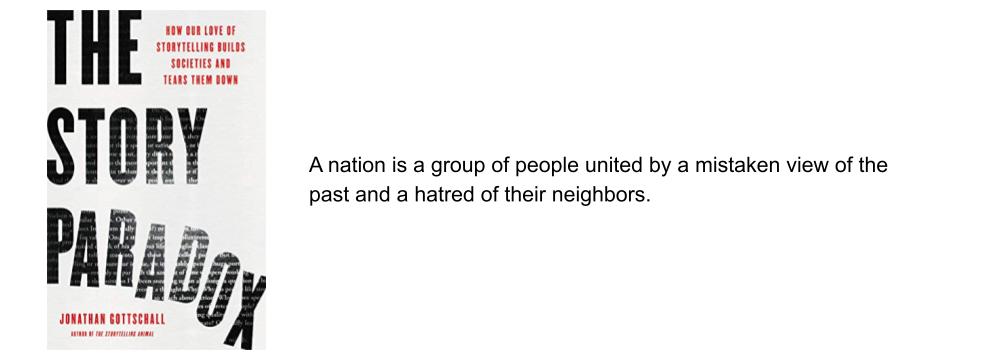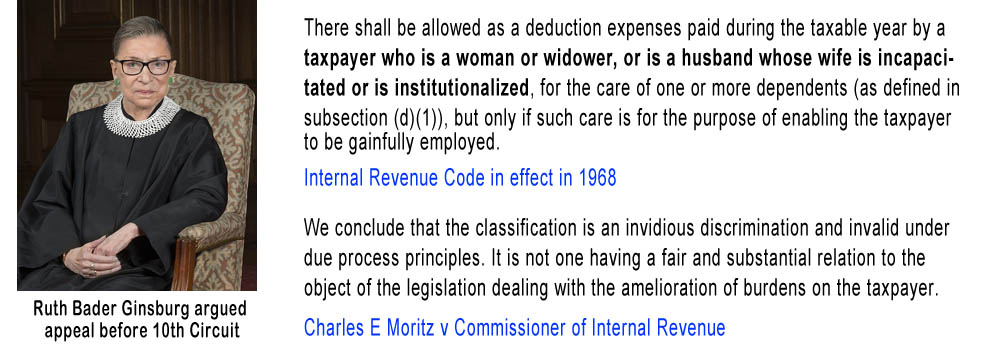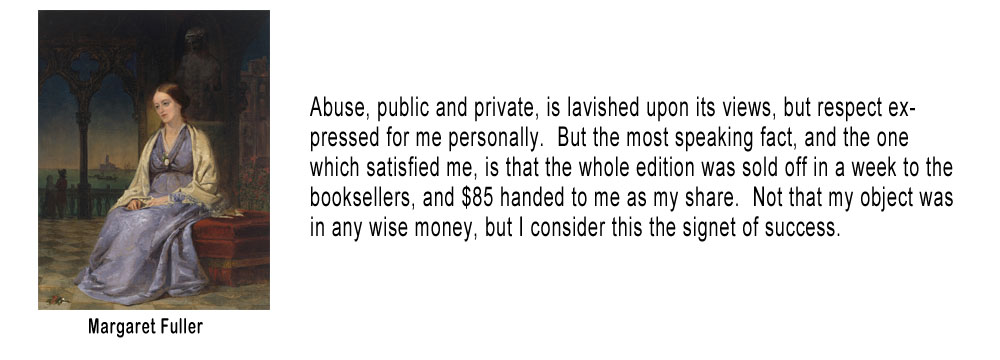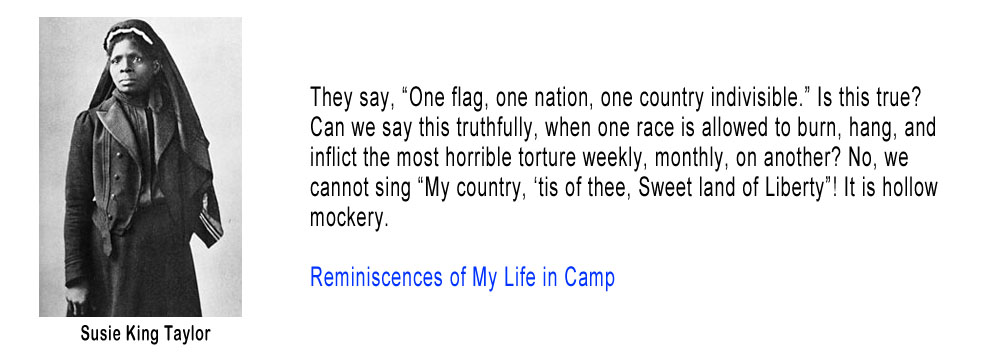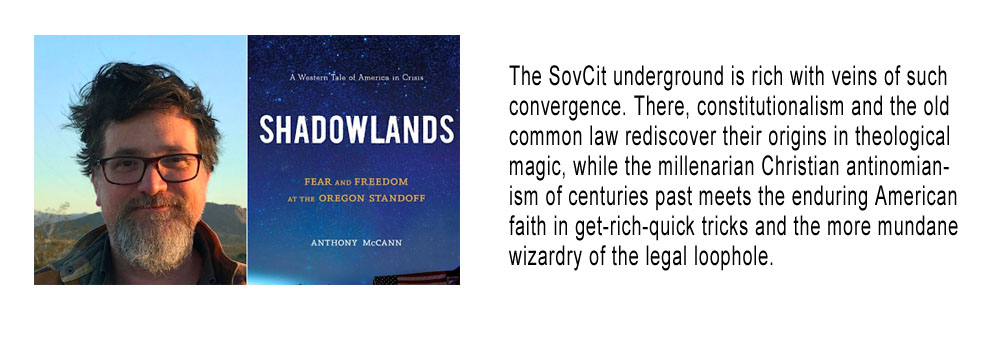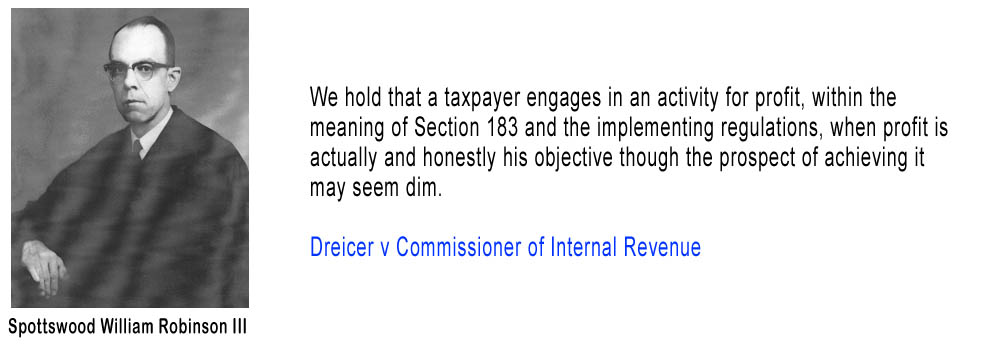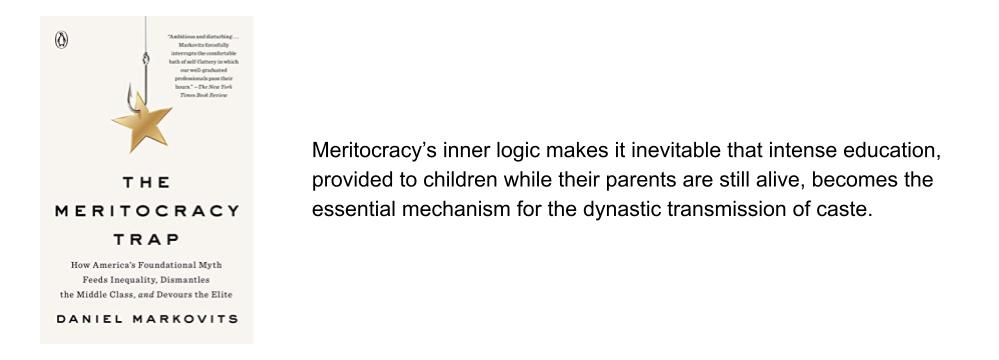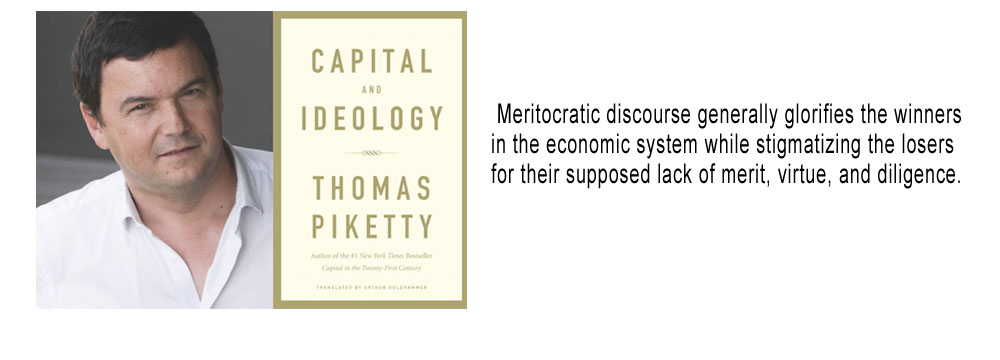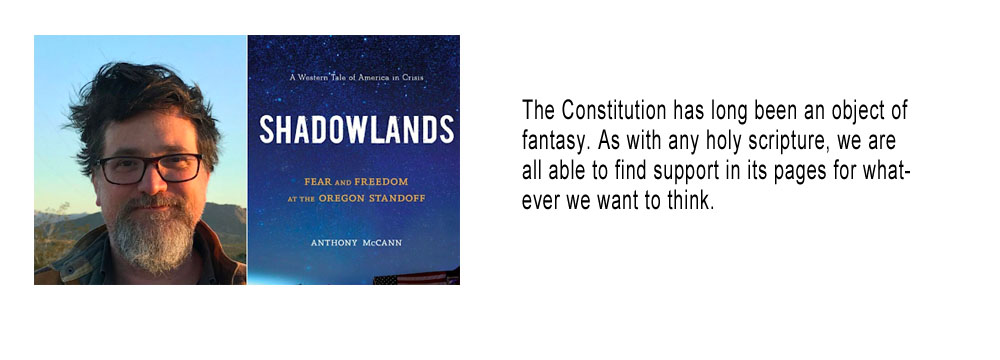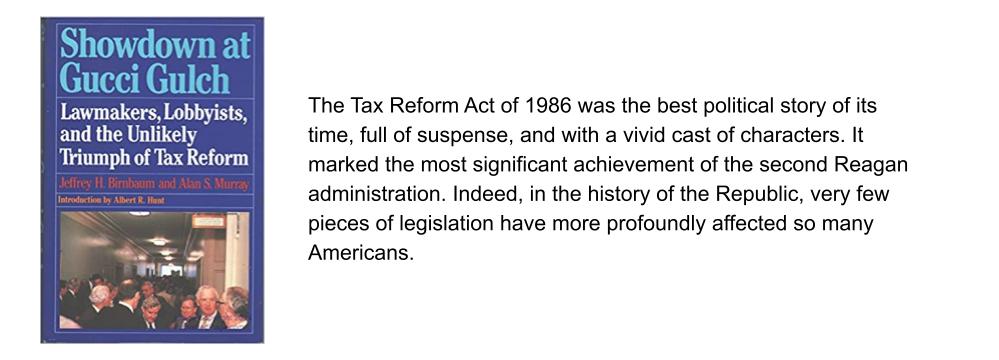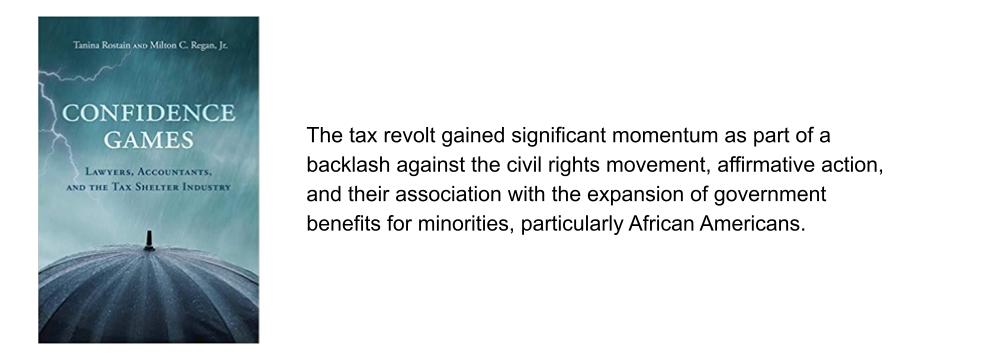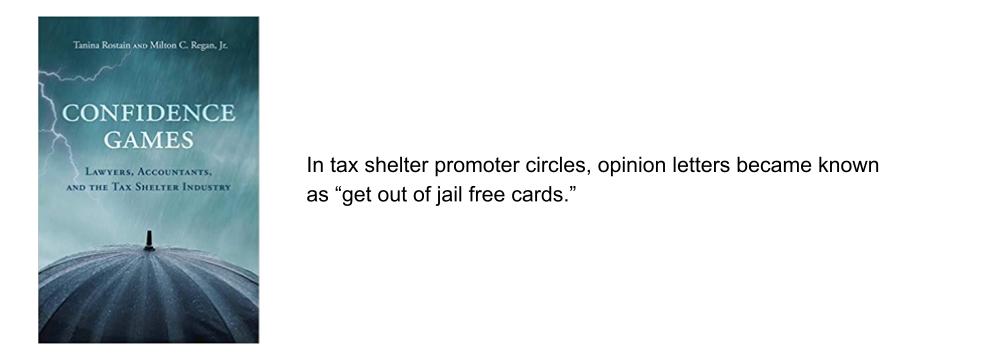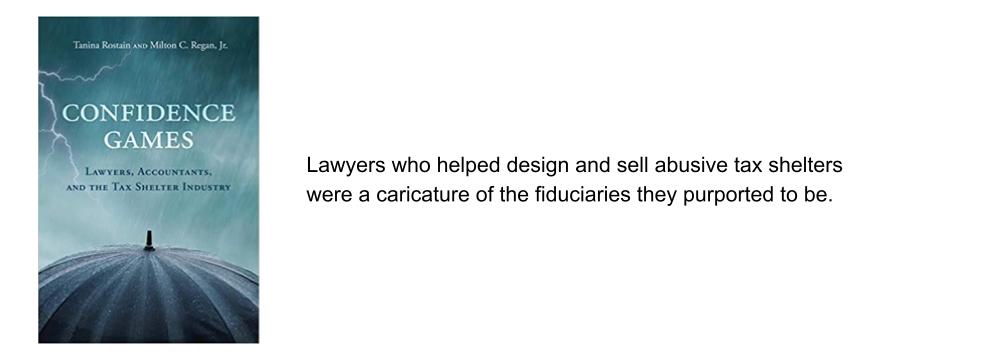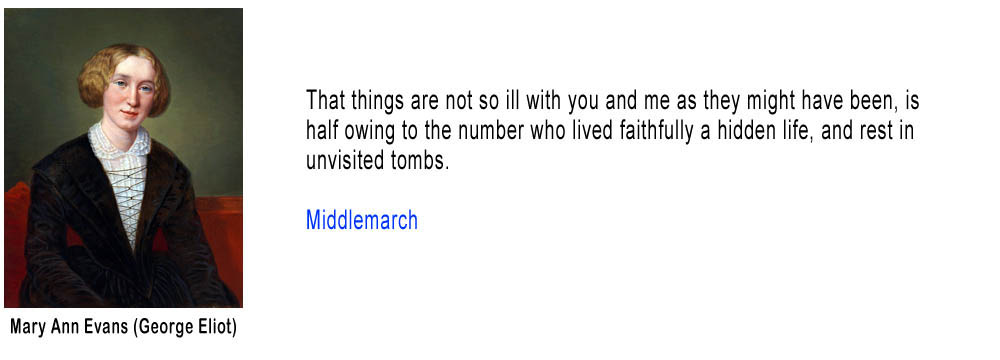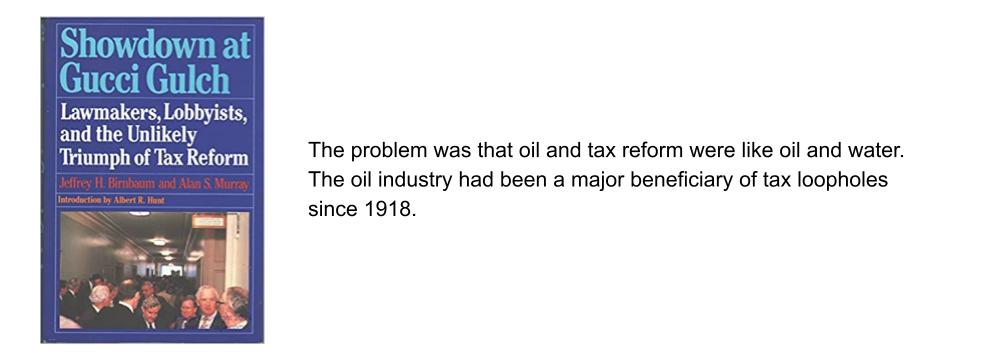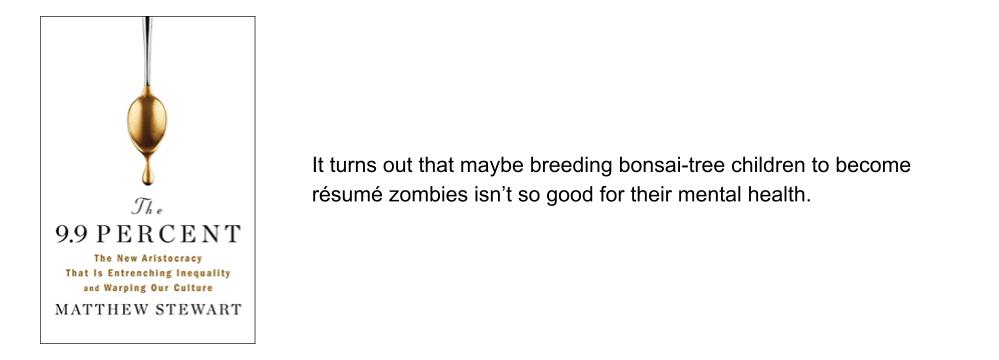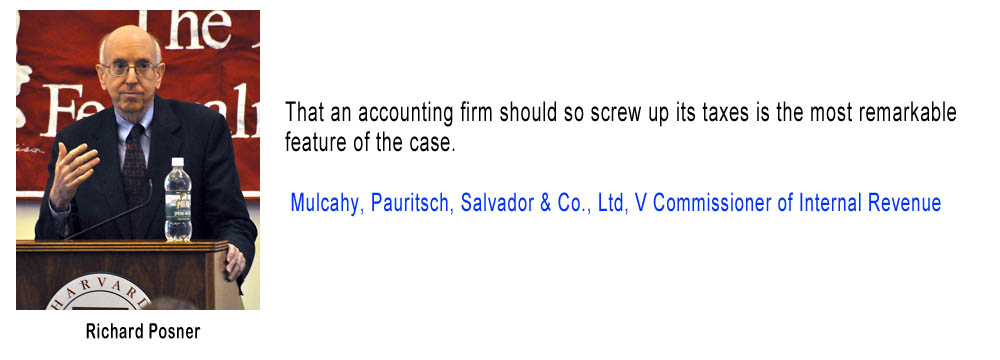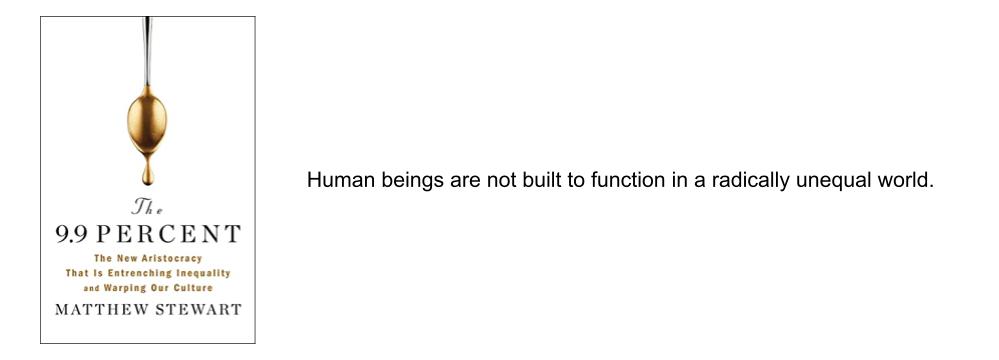Originally published on Passive Activities and Other Oxymorons on March 30th, 2011.
____________________________________________________________________________
Christina A. Alphonso v. Commissioner, 136 T.C. No. 11
It’s interesting that someone who struck a pedestrian with his car and someone who is assessed to repair a crumbling retaining wall end up with the same tax question – Am I entitled to a casualty loss?. As it turns out they both got the same answer. No. I wrote about the car accident last week . Besides the synchronicity with the car accident case I was also drawn to this case by the location of the property. Castle Village is just north of the New York side of the George Washington bridge. I grew up just a couple of miles to the south on the other side of the river in Fairview NJ. I love the views around there.
Ms. Alphonso was a tenant-stockholder in Castle Village, a housing cooperative, a form of ownership apparently more common in New York than in most places. Although in practice, it is a lot like owning a condominium, it is not exactly the same legally. You own stock in a corporation which owns the real estate and as a stockholder you are entitled to occupy one of the apartments. You really don’t own the apartment though, in the same sense as your would if it were a condominium. Among other things it can make it easier for the cooperative to obtain financing for renovations and to have some control over who becomes a owner – subject to anti-discrimination laws.
Along with other residents she had the right to use common areas such as a garden and a playground. Security guards would ask non-residents who were not in the company of residents to leave such areas. As any homeowner knows, stuff happens when you own a home:
On May 12, 2005, the Castle Village retaining wall collapsed, causing rocks and soil to fall onto the public roads below the Castle Village complex. The collapse of that retaining wall caused significant damage.
Fixing the retaining wall must have been quite a project. Ms. Alphonso’s assessment was over $26,000 and there are over 500 housing units that are part of the complex. Her logic in taking a casualty loss deduction seems pretty sound. If she owned a house and there was a retaining wall on the property that collapsed and she had to spend $26,000 to repair it, that seems to qualify as a casualty loss.
Initially the IRS denied the loss on the theory that the collapse was the result of gradual deterioration of the wall. Under that theory a homeowner would not be entitled to the loss. They amended their theory, though, and indicated that any casualty loss would only be allowed to the housing cooperative corporation not its owners. The Tax Court agreed with the IRS:
With respect to petitioner’s assertions regarding her alleged property interest in the Castle Village grounds, petitioner is wrong in asserting that she possesses a property interest in those grounds that entitles her to a casualty loss deduction for damage to those grounds. We have carefully considered the model proprietary lease, the Castle Village board house rules, the corporate charter of Castle Village, and the bylaws of Castle Village on which petitioner relies in support of her assertion that she has such a property interest in the Castle Village grounds. We find nothing in those documents that allows us to conclude that petitioner possessed a leasehold interest, an easement, or any other property interest in the Castle Village grounds that entitles her to a deduction under section 165(a) and (c)(3) for damage to those grounds.
Ms. Alphonso’s team had another argument. Code Section 216 allows the tenant-stockholders of a cooperative housing corporation to deduct a proportionate share of the cooperative’s mortgage interest and real estate taxes. The argument is that this proves Congress wanted the tenant-stockholders to be treated like homeowners and the principle should be extended to casualty losses. The Tax Court didn’t buy that argument either :
As the Supreme Court of the United States has held, “Where Congress explicitly enumerates certain exceptions to a general prohibition, additional exceptions are not to be implied, in the absence of evidence of a contrary legislative intent.” Andrus v. Glover Constr. Co., 446 U.S. 608, 616-617 (1980). Petitioner does not cite any legislative history establishing that Congress intended section 216(a) to permit the stockholders of a cooperative housing corporation to deduct any of such corporation’s expenses that it paid or incurred except for the two deductions that Congress expressly allowed in that section.
An interesting question is how this same set of facts would play out in the context of a condominium. I’m not a lawyer and I won’t try to start playing one on this blog, but I suspect the answer might turn on subtle issues about the exact nature of a condo owners interest in the common areas.

